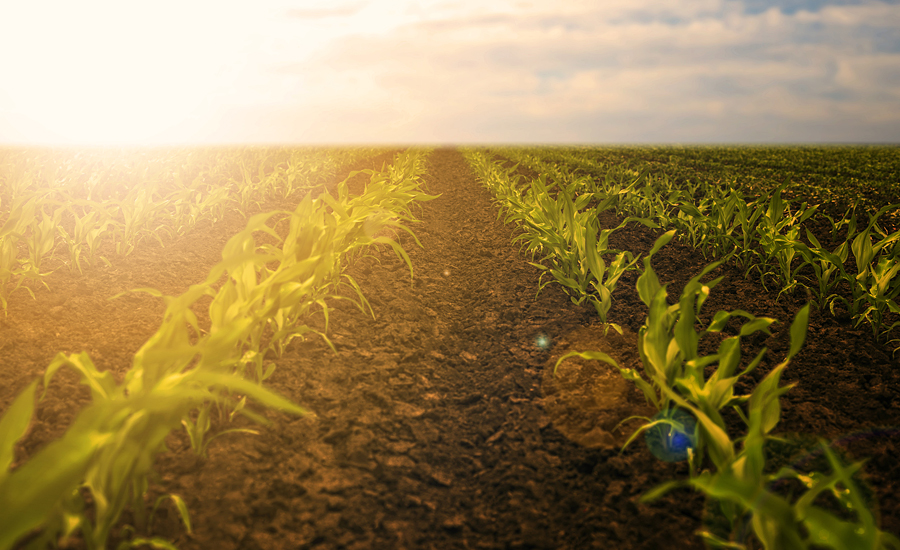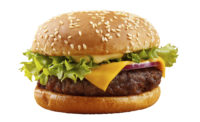While technology offers the greatest opportunities for the agriculture and nutrition industry, enabling technology to deliver on personalization is the next big thing, according to a report released by Frost & Sullivan, Santa Clara, Calif. Retailers will take advantage of consumer trends with free-form and meat substitutes receiving more shelf space. Finally, sustainability remains a key issue for the food and beverage packaging industry, with plastic packaging facing substitution pressures. What’s more, the global processed food and beverage industry was valued at $3.28 trillion in 2018, with revenues expected to reach $3.41 trillion by the end of 2019. This will provide a year-on-year growth rate of 3.9%, although the revenue trajectory varies widely by product segment and geography.
"Social trends such as population growth and urbanization are expected to support growth in demand for processed food and beverage products," says Christopher Shanahan, global director, agriculture and nutrition. "Furthermore, consumers increasingly want value-add food, which will spur further growth opportunities in this sector."
The report, “2019 Outlook of the Global Agriculture and Nutrition Industry,” presents top predictions, trends, drivers and findings for 2019 with a focus on sectors within agriculture and nutrition, including the global processed food and beverage industry, food and beverage manufacturing-enabling industries and agriculture-enabling industries.
Agriculture and nutrition vendors can make the most of growth opportunities in the market by:
- Investing in Big Data capabilities to interpret data and improve product offerings.
- Ensuring quality and price of products are correct as well as targeting specific benefits/populations.
- Guaranteeing a commitment to sustainability while considering the life cycle of manufactured products.
- Forming strategic partnerships with start-ups that focus on addressing specific challenges faced by the agriculture and nutrition industry.
- Communicating transparently and authentically with a tech-savvy future customer.
"Although there are significant growth opportunities, the challenge of ensuring food safety affects the entire agriculture and nutrition supply chain, from the use of chemicals in farms to the challenge of managing food waste throughout the entire value chain," says Shanahan. "Unfortunately, there are many food safety issues and recalls globally, and there is still a long way to go in terms of the adoption of effective detection tools that support adherence to strict regulatory requirements across the value chain."



